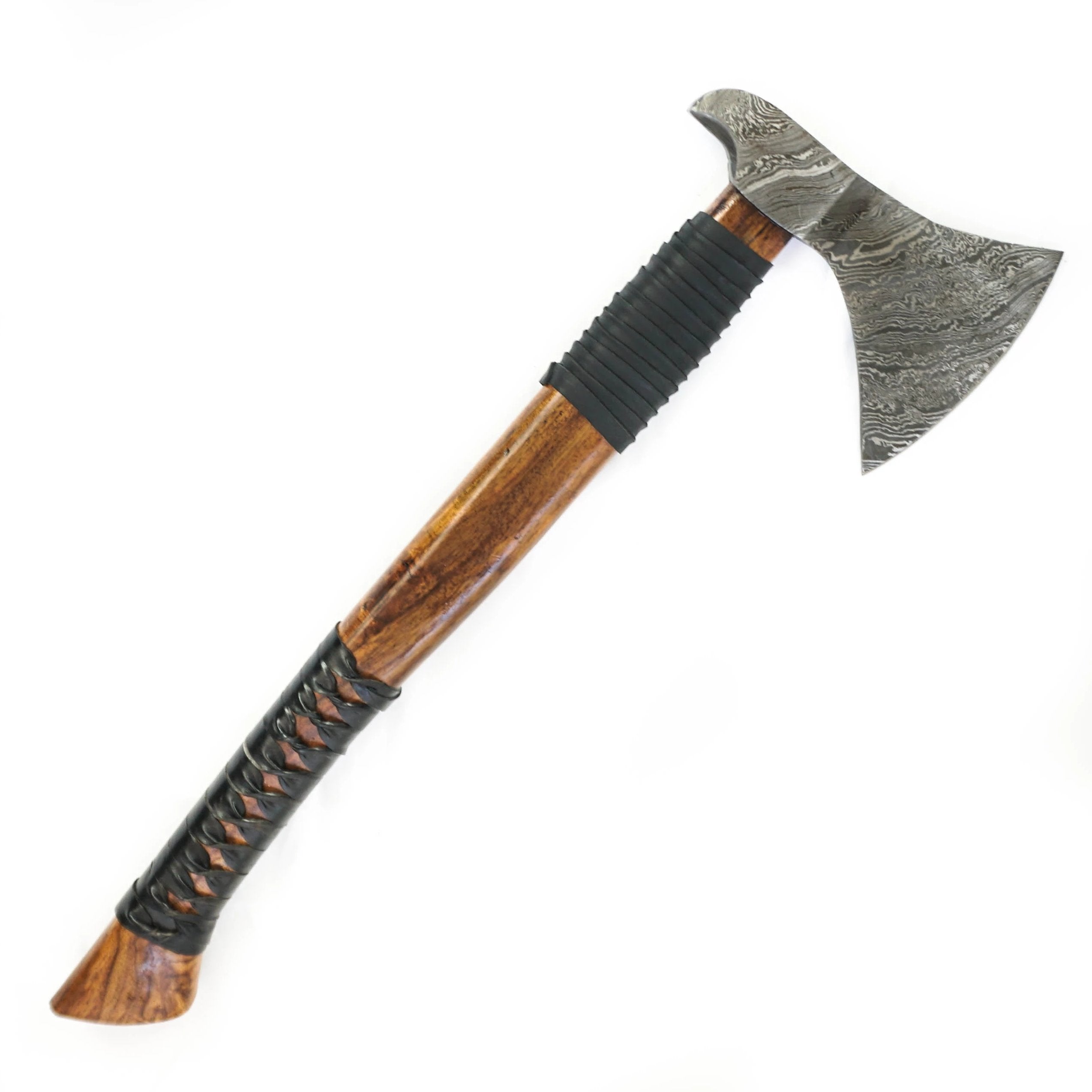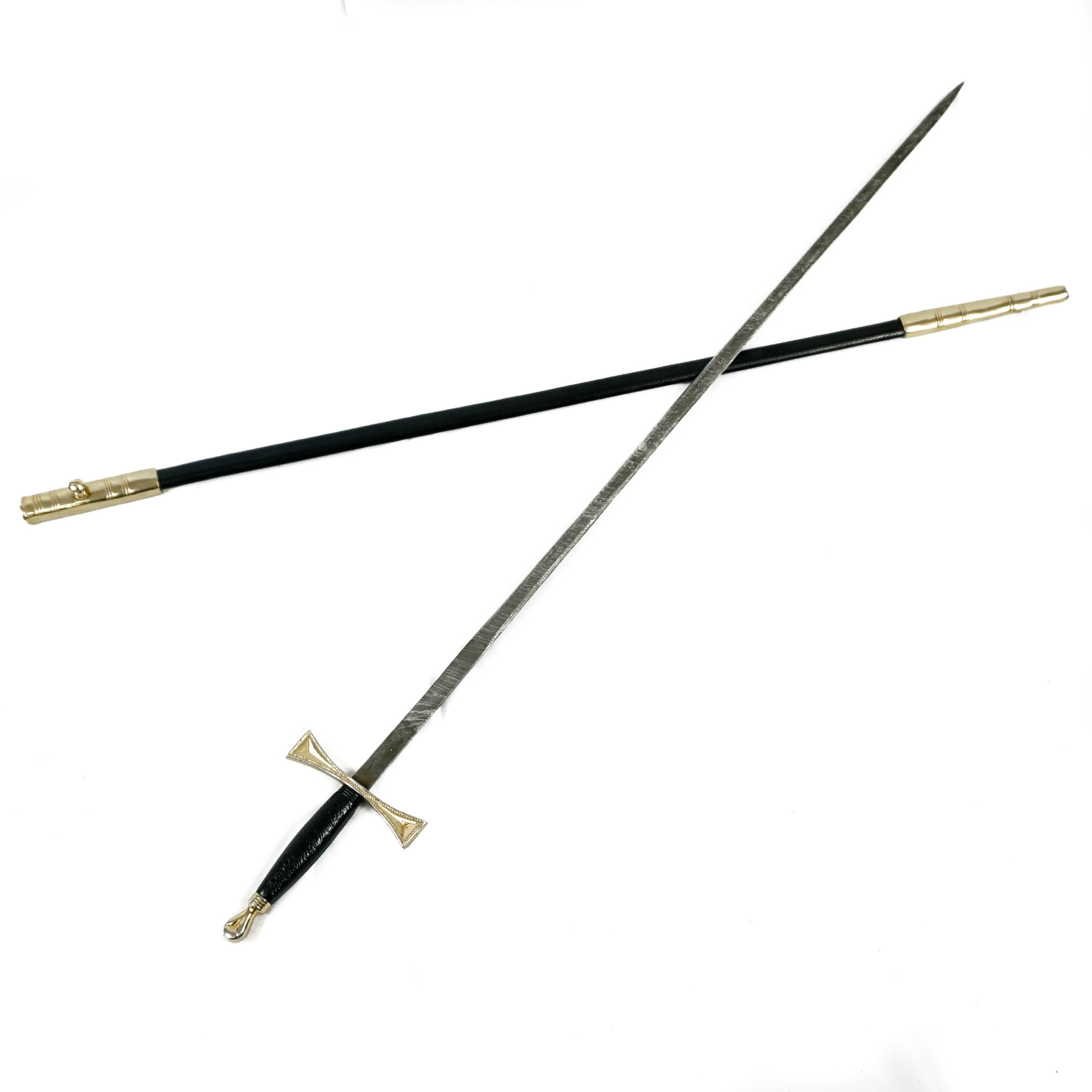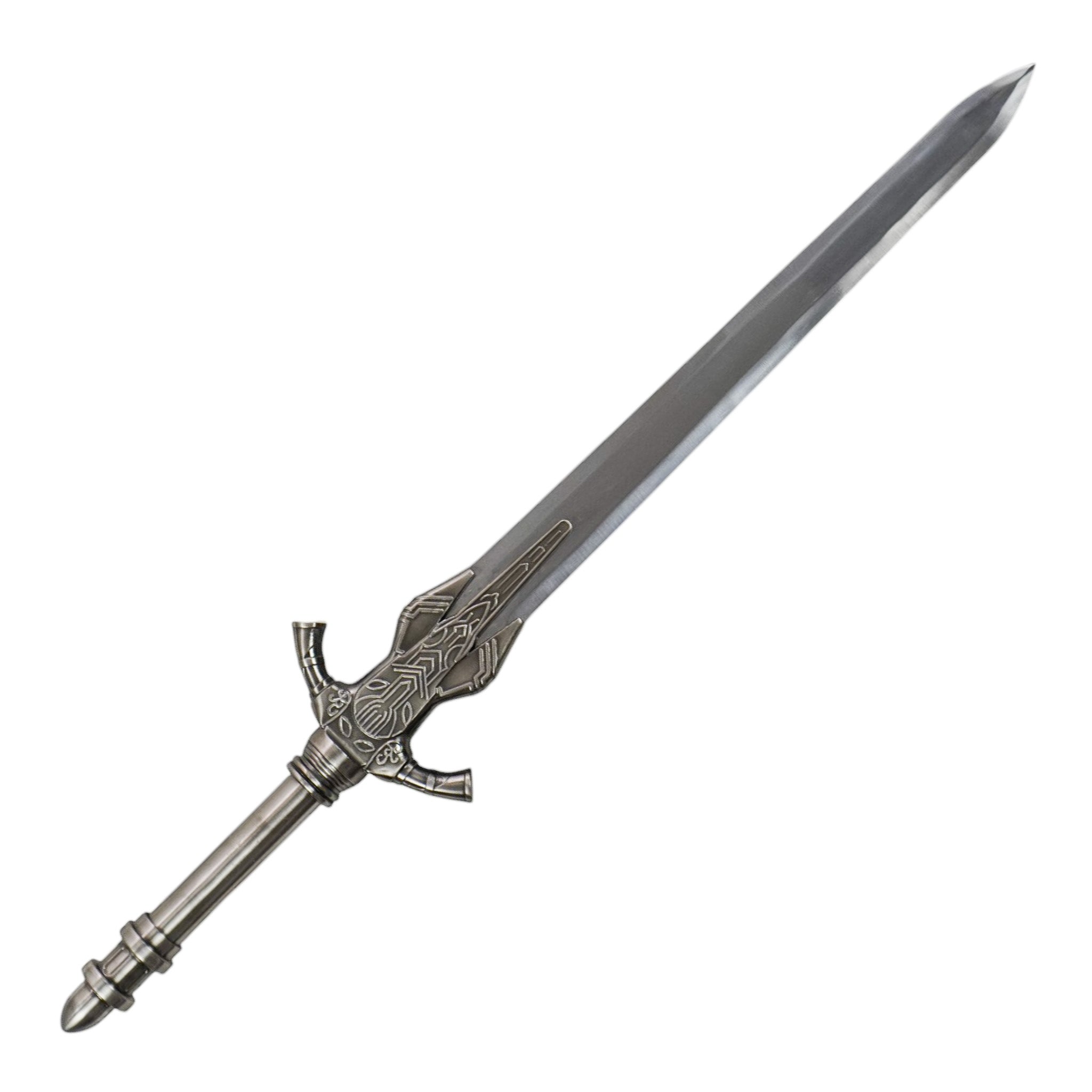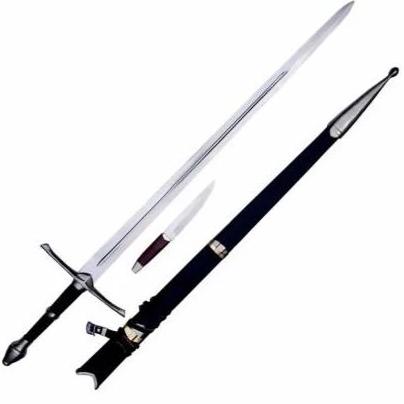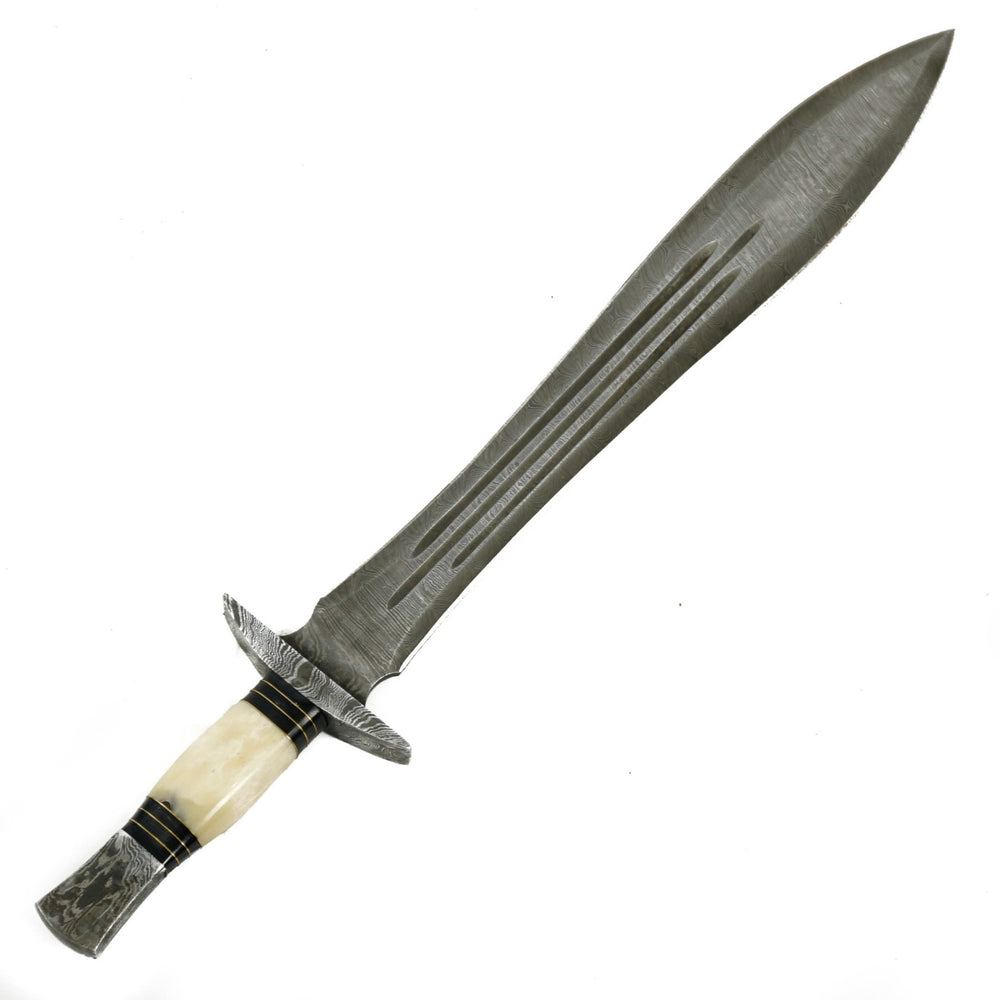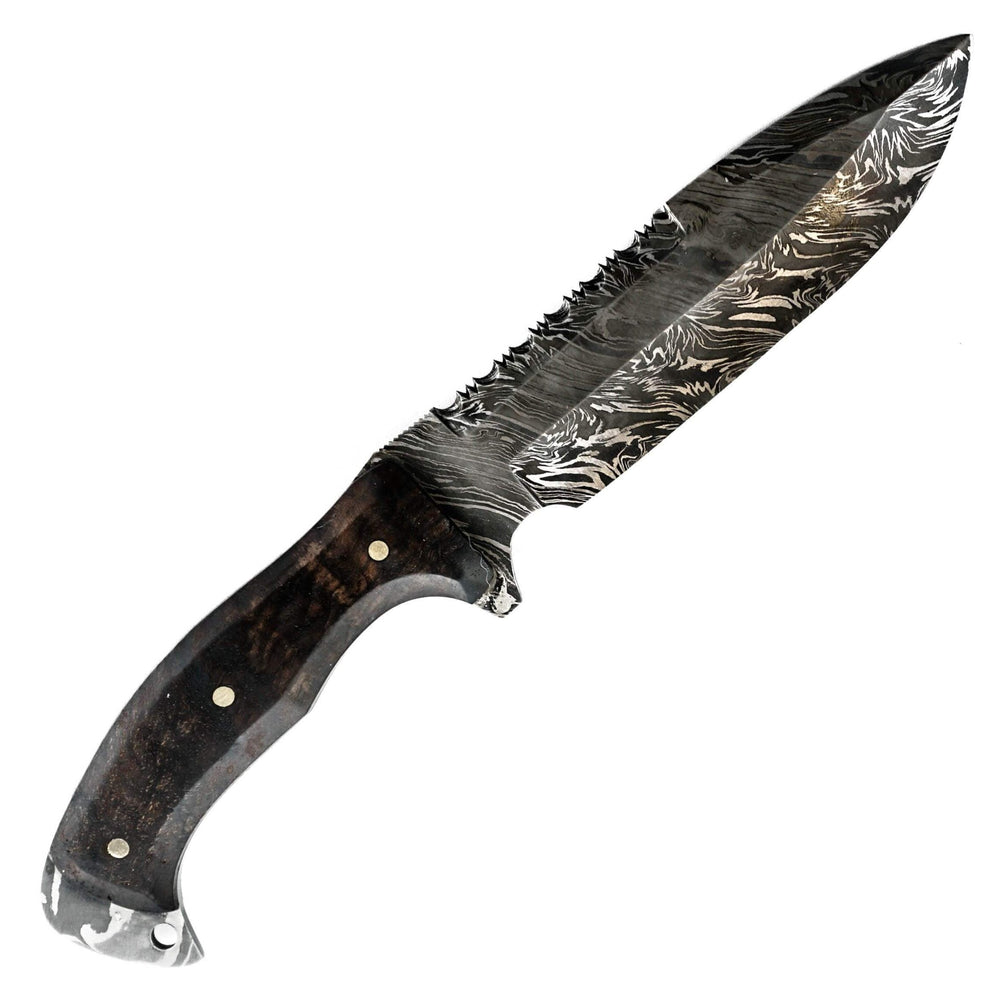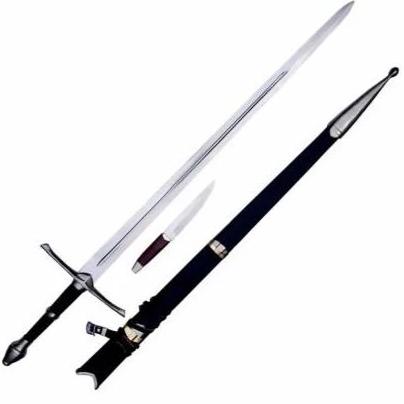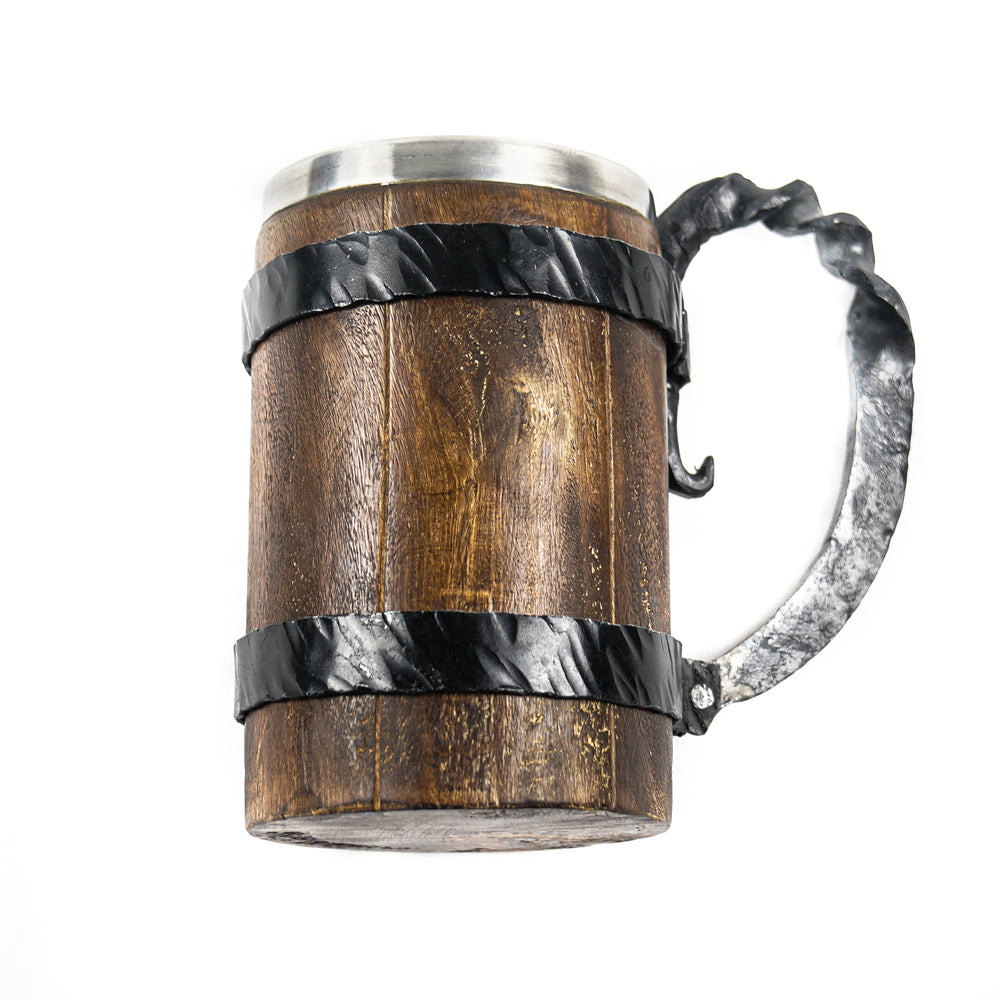Women in Combat: Historical Weapons Wielded by Female Warriors
Polearms: The Weapon of Reach and Control
Used by women in: Europe and Asia, particularly in ancient and medieval warfare (e.g., China, Japan, and Europe).
Description: Polearms are ranged weapons and reduced physical contact between male opponents and female combatants; therefore, polearms are suitable for weapon-bearing women. They provided means for throwing attacks from a distance — they killed where a close combat was improbable. This way, women fighters could stay out of range and focus on exploiting range rather than allowing their stronger and bigger opponents to close the distance and dictate the fighting range.
Polearms are a class of weapons that represent a long rod or shaft affixed to a blade or spike of some sort with most being slightly less than the length of a spear. In Medieval Europe, females who needed to underestimate weapon were notorious for wielding these implements in solidification castles or during other sieges. In Japan, the naginata turned to be associated with the female martial arts, particularly among the bushi ladies. Naginata training was introduced to many women as an important reading and writing practice, as well as a useful way to learn how to fight. Another advantage of the weapon was that the hull and blade were elongated curved and long handled, which created fluidity in arc movements suitable in a fight against many opponents.In China female warriors used the Kwan Dao which is a kind of pole arm weapon in both actual fight and rehearsal fights. These were very light but had strong features capable of causing severe impact. These tools helped women fight enemies effectively on the field of war, saved much energy while at the same time keeping one covered.
Spears: A Weapon of Versatility
Used by women in: Various cultures, including Ancient Greece, Rome, Africa, Asia, and Native American societies.
Description: Spears are one of the oldest weapons used by humanity, and their simplicity and versatility made them accessible to women in many cultures. The spear's primary advantage is its range, making it suitable for both thrusting and throwing. Throughout history, women employed spears for hunting, self-defense, and warfare.
In Ancient Greece and Rome, women who fought in resistance movements or as part of local militias often used spears, as they were easy to handle and effective in combat. They required less physical strength than larger swords or axes but could deliver lethal strikes. Spears also played an essential role in African and Native American societies. Among the Zulu people, for instance, women used spears for both hunting and defense during times of war, while the Mino (Dahomey Amazons), an all-female military regiment in West Africa, wielded spears in battle as they fought to defend their kingdom.
In Asia, spears were also common among female warriors. In Japan, for instance, samurai women sometimes carried shorter spears into battle for thrusting attacks, often used in close-quarters combat or on horseback. The adaptability of the spear made it a weapon that transcended cultures, enabling women to take up arms in diverse settings.
Longsword: The Weapon of Strength and Precision
Used by women in: Predominantly in medieval Europe, especially among noble women and warriors from the 13th to the 17th centuries.
Description: The longsword, with its double-edged blade, was a staple weapon in European warfare, often associated with knights and nobles. Although it was a weapon of strength, it was also balanced for both slashing and thrusting, making it ideal for women who trained in swordsmanship. Unlike heavier weapons, the longsword allowed for precision and speed, enabling women to match the power of male combatants through agility and technique.
Primarily from historical documents people believe that the noblewomen when the fortification of the nobleman were under attack or they have rebelled, this weapon was used to defend the castles or people. Apparently, sometimes women were even taught the martial art of sword fighting in a more or less official capacity. The great warrior, Joan of Arc, who commanded the French army during the Hundred Year’s War, used a longsword as her weapon. Her swordsmanship and command abilities helped decide the outcomes of several important duels, and to demonstrate that women could be quite effective with longswords.
Other areas identified also saw females using swords; it was actually believed that the Viking females actually fought alongside their male counterparts using longswords. The chronicles about these ‘‘shield-maidens’ exist within the sphere of legends, but history gives us reasons to suppose that at least some Viking women, albeit rarely, fought; longswords were one of the preferred types of weapons.
Halberd: The Multi-Purpose Polearm
Used by women in: Originated in medieval Switzerland and was widely used across Europe by female fighters and infantry.
Description: The halberd is a two-handed polearm that combines the features of a spear, axe, and hook. It was an essential weapon for infantry during the Middle Ages and Renaissance, allowing for powerful slashing, thrusting, and pulling attacks. Women who fought on the front lines or participated in castle defenses found the halberd to be a versatile weapon capable of handling various combat scenarios.
In Switzerland, where the halberd originated, women used these weapons to defend their villages and participate in militias during times of war. The halberd's design allowed for swift attacks with minimal exposure to the enemy, as women could leverage its long reach to keep attackers at bay while delivering lethal strikes. Its spike allowed for thrusting attacks, while its axe head could cut through armor and shields.
Female soldiers across Europe also wielded halberds during times of civil unrest or as part of professional armies. In England, during the Wars of the Roses, there are records of women fighting with halberds during sieges, often in defense of their homes.
Poleaxe: The Weapon of Destruction
Used by women in: Europe during the late Middle Ages and Renaissance, particularly in armored combat and tournaments.
Description: The poleaxe was a formidable weapon designed to break through armor and deliver devastating blows. It consisted of a long shaft topped with a combination of an axe blade, a hammerhead, and a spike, making it a versatile tool for smashing, cutting, and piercing.
While the poleaxe was a weapon favored by knights and men-at-arms, it was also used by women, especially in times of war when they had to defend their homes or participate in battle. Female warriors could wield the poleaxe with great effect, as its weight and design made it easier to deliver forceful strikes without requiring immense physical strength. The poleaxe was especially effective in tournament combat, where women sometimes participated, either as competitors or champions of noble causes.
Throwing Knife: The Stealth Weapon
Used by women in: Africa (e.g., the Zande people), Asia, and Europe, often for hunting or self-defense.
Description: Throwing knives are lightweight and easily concealable, allowing for stealthy attacks. These weapons were historically used by women in various cultures, both for hunting and self-defense. A skilled practitioner could hurl a throwing knife with deadly precision, making it a valuable weapon in situations where discretion was needed.
In Africa, women of the Zande people, for instance, were known to use throwing knives not only in combat but also for hunting small game. In Asia, female assassins and warriors often employed throwing knives to disable or kill targets without engaging in close combat. This type of weapon was also used in medieval Europe, where women could use throwing knives to defend themselves in times of danger or war.
Falchion: The Weapon of Agility and Strength
Used by women in: Europe, particularly among female fighters in medieval France, Italy, and England.
Description: The falchion was a single-edged sword known for its chopping power, and it was favored by those seeking a balance between strength and speed. It featured a slightly curved blade that was effective in both cutting and slashing attacks, and its relatively short length made it easier for women to wield in close combat.
In France and Italy, women sometimes took up the falchion as their weapon of choice, especially when fighting in skirmishes or urban conflicts. Its design allowed for quick strikes, and its weight was light enough to be handled with agility. The falchion also gained popularity in England, where women of lower nobility or the merchant class occasionally carried these swords for protection during times of unrest.
Samurai: The Female Warriors of Japan
Used by women in: Japan, where female samurai (onna-bugeisha) trained with traditional swords from the 12th century onward.
Description: Female samurai in Japan were trained in the art of swordsmanship and often fought alongside their male counterparts. The katana, with its razor-sharp edge, became the primary weapon of many onna-bugeisha. These women were not only skilled in martial arts but also held leadership roles in defending their clans and territories.
The katana was a perfect weapon for women warriors, as it was lightweight and could deliver swift, lethal strikes. Women like Tomoe Gozen, a legendary female samurai, wielded the katana with precision, becoming symbols of loyalty, honor, and strength in Japanese culture.
Rapier: The Weapon of Elegance and Precision
Used by women in: Renaissance Spain and Italy, where women participated in dueling and fencing.
Description: The rapier was a thin, sharp-pointed sword that emphasized thrusting attacks over slashing, making it an ideal weapon for precision and speed. Women of the Renaissance period took up the rapier as part of fencing schools, and some even participated in duels and self-defense situations.
In Spain and Italy, noblewomen were sometimes trained in the art of rapier combat, and fencing schools opened their doors to women who wished to learn this elegant but deadly form of fighting. The rapier’s light weight and focus on technique over brute strength made it a popular choice among women.
Longsword: Embodying Strength and Honor in Medieval Europe
Used by women in: Medieval Europe, where women portrayed knights or noble warriors in combat.
Description: The longsword is a double-edged sword, often used with both hands, balanced for both slashing and thrusting attacks. This weapon was integral to the battlefield, allowing its wielder to engage in versatile combat. It was commonly used in medieval Europe by knights and noble warriors. Women who wielded the longsword often did so in defense of their homes, as part of local militias, or as symbolic participants in the chivalric traditions of the time.
In medieval Europe, women were not always restricted to passive roles during times of war. Noblewomen, particularly during sieges, often took up arms to defend castles and estates. The longsword, which required both strength and skill, was a weapon of choice for these women due to its effectiveness in both offensive and defensive scenarios. Although it was primarily seen as a man’s weapon, women trained with longswords as a way to prepare for the defense of their lands or in cases where they had to fight alongside male soldiers.
A famous example of a woman associated with the longsword is Joan of Arc, the French heroine who led armies during the Hundred Years’ War. Although Joan is more often depicted with a banner than a sword, she was known to wield a longsword in battle. Her use of this weapon symbolized her strength, leadership, and divine mission. The longsword’s presence in the hands of women like Joan of Arc exemplified the idea that women, too, could embody the values of chivalry—strength, honor, and courage.
Horse Sword: Empowering Women in Mounted Combat
Used by women in: Various cultures, such as the Mongol Empire and medieval Europe, for mounted combat.
Description: The horse sword, often characterized by its long, slightly curved blade, was designed for combat on horseback. Unlike foot soldiers who relied on straight swords for thrusting, mounted warriors needed a weapon that allowed for slashing attacks from the elevated position of a horse. This sword was ideal for cavalry charges, where speed and mobility were crucial. Women from various cultures, including the Mongol Empire and medieval Europe, were known to wield this type of sword during mounted combat.
One notable historical figure who may have wielded a horse sword is Tomoe Gozen, a legendary female samurai from Japan. Though Tomoe is more often associated with the naginata (a polearm weapon), she was also depicted as a skilled rider who could use a variety of weapons in battle. The horse sword would have been a suitable weapon for someone of her skills, allowing her to fight with both grace and ferocity while mounted.
The horse sword thus symbolized both freedom and power for women. It allowed them to transcend the limitations of foot combat, giving them the ability to move swiftly across the battlefield and strike down enemies from a position of strength. This weapon reflected the important role women played in mounted warfare, whether in the steppes of Central Asia or the rolling hills of Europe.
King Sword: Symbols of Power and Royal Authority
Used by women in: European royalty, especially in ceremonial roles in England and France.
Description: The king sword, unlike weapons used in active combat, was a highly ornate and symbolic sword that represented royal authority and power. It was often reserved for ceremonial purposes, carried by kings, queens, and other high-ranking nobility during coronations, processions, and important state events. Women of royal lineage, such as queens and princesses, would sometimes carry or wield these swords as a sign of their status and authority within the realm.
In medieval and Renaissance Europe, the king sword became an important symbol of monarchy. Arguments can be made for the following artifacts: For women in royalty, Specifically for England and France, women polities were symbolized by the king sword. Even though they may not have employed these swords in combat they ceremonially carried such a sophisticated symbol of warfare, thus asserting their authority and status as supreme sovereigns or significant figures in the monarchy.
For instance, Elizabeth I of England was a popular female ruler who assumed an assertive control of England’s political and military affairs; hence, the representation of Elizabeth iconography often included swords. While Elizabeth never herself fought in battles, the sword became symbolic of Elizabeth’s protector and the strength to fight for one’s country and laws. The seper part of her that she used during state ceremonial occasions signified her as the commander-in-chief of armed forces besides being a sovereign.
Conclusion
Throughout history, women have proven their martial prowess, adapting weapons to their strengths and taking on significant roles in warfare. From polearms that kept enemies at bay to swords that allowed for precision strikes, these weapons enabled women to contribute effectively to combat, defense, and survival. Their courage and skill with these tools not only reshaped battles but also shattered gender norms, demonstrating that women were just as capable in the heat of battle as their male counterparts. Whether wielding a longsword in medieval Europe, a naginata in Japan, or a spear in Africa, women throughout history have left their mark on the battlefield, influencing the course of wars and the fate of nations.

